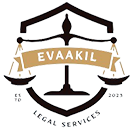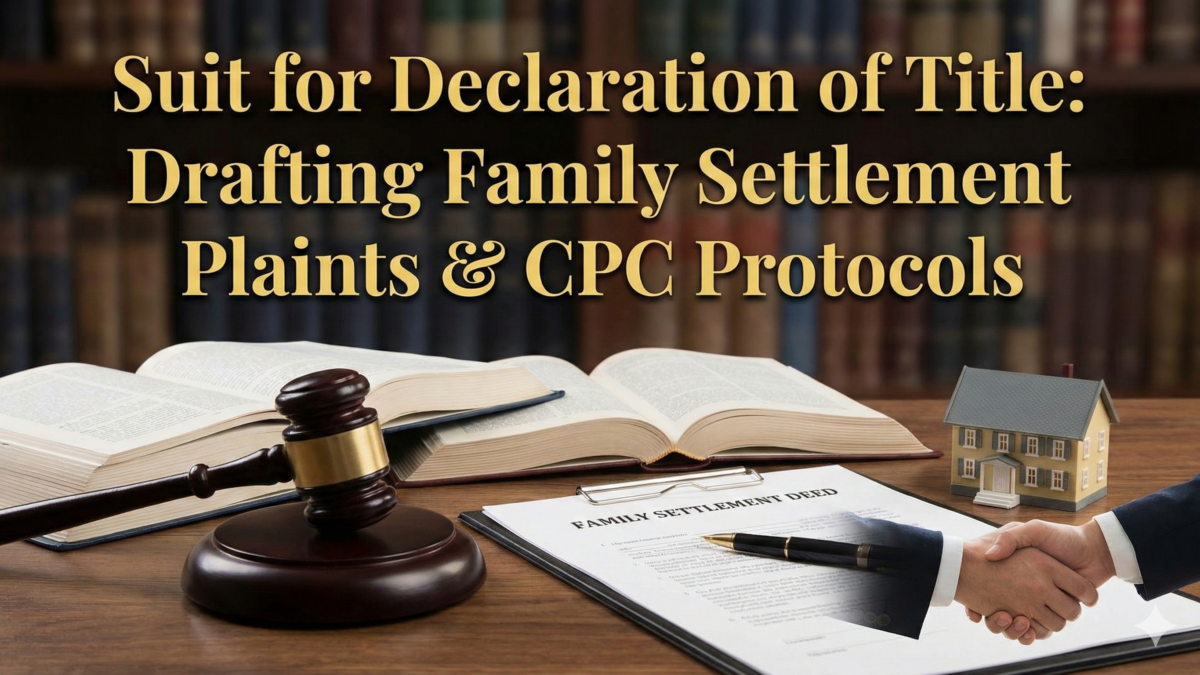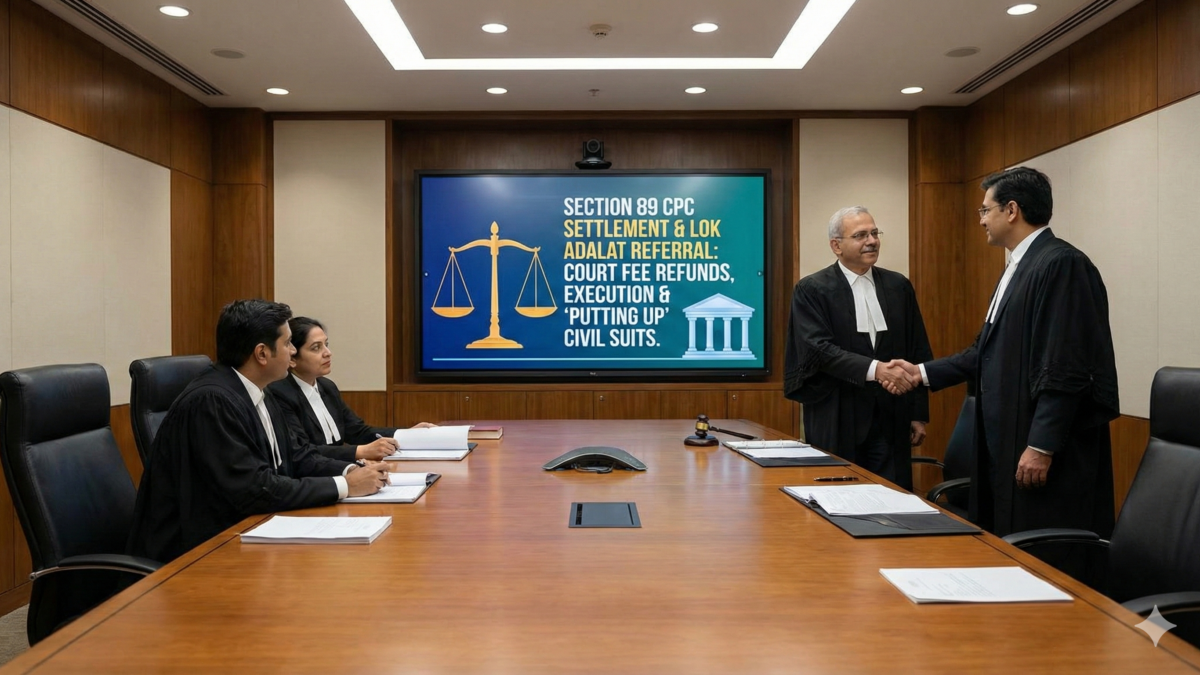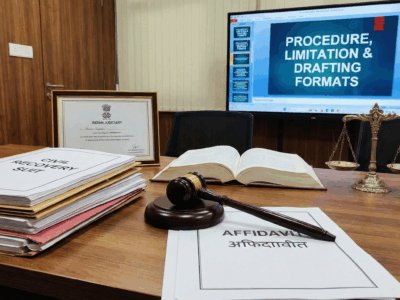
Introduction:
- Tenancy agreements are crucial legal documents that establish the terms and conditions of the landlord-tenant relationship.
- Proper drafting and understanding of these agreements are essential to prevent disputes and ensure a smooth tenancy.
- This article explores key aspects of drafting and understanding tenancy agreements, offering insights for both landlords and tenants.
The Basics of Tenancy Agreements:

- A tenancy agreement, also known as a lease agreement, is a legally binding contract between a landlord and a tenant.
- It outlines the rights and responsibilities of both parties during the tenancy period.
- Understanding the intricacies of these agreements is vital for a successful and harmonious landlord-tenant relationship.
Clear Identification of Parties:
- The agreement should clearly identify the landlord and tenant by their full names and contact details.
- Any co-tenants or authorized representatives should also be mentioned.
- This ensures clarity about the involved parties in the agreement.
Property Description:
- Provide a detailed description of the rented property, including its address and specific details about the premises.
- Specify the unit or area covered by the agreement to avoid confusion.
- Clearly outline any common areas, parking spaces, or other relevant details.
Lease Term and Renewal:
- Clearly state the duration of the lease, whether it’s a fixed term or a periodic tenancy.
- Outline the conditions for lease renewal or termination.
- Including renewal options and terms in the agreement provides clarity for both parties.
Rent Details:
- Specify the rent amount, due date, and acceptable payment methods.
- If there are any late fees or grace periods, these should be clearly mentioned.
- Include details about rent escalation, if applicable, and the consequences of non-payment.
Security Deposit:
- Clearly outline the amount of the security deposit and the conditions for its refund.
- Mention the timeline for returning the deposit after the end of the tenancy.
- State any deductions that may be made from the deposit for damages or unpaid rent.
Utilities and Maintenance:
- Define the responsibilities for utility payments such as water, electricity, and gas.
- Clearly outline maintenance responsibilities for both the landlord and the tenant.
- Specify the process for reporting and addressing repairs or maintenance issues.
Rules and Regulations:
- Include any specific rules or regulations regarding the use of the property.
- This may include restrictions on smoking, pets, or alterations to the premises.
- Communicate any community or building rules that tenants are expected to follow.
Termination and Eviction:
- Clearly state the conditions under which the landlord or tenant can terminate the agreement.
- Outline the notice period required for termination by either party.
- Include grounds for eviction, such as non-payment of rent or violation of terms.
Insurance and Liability:
- Specify whether the tenant is required to have renter’s insurance.
- Clarify liability for damages to the property caused by the tenant or their guests.
- Include provisions for indemnification in case of unforeseen events.
Legal Compliance:
- Ensure that the tenancy agreement complies with local tenancy laws and regulations.
- Keep the agreement fair and balanced to protect the rights of both parties.
- Seek legal advice if needed to ensure compliance with applicable laws.
Signatures and Witnesses:
- Both the landlord and the tenant should sign the agreement.
- Consider having the signatures witnessed or notarized for added legal validity.
- Retain a copy of the signed agreement for reference and legal protection.
Conclusion:
- Drafting and understanding tenancy agreements is a crucial aspect of establishing a successful and transparent landlord-tenant relationship.
- By paying careful attention to details, both parties can prevent disputes and create a framework that promotes a harmonious living arrangement.
- Seeking legal advice during the drafting process ensures that the agreement is legally sound and provides protection for both landlords and tenants.
What is your reaction?
Excited
0
Happy
0
In Love
0
Not Sure
0
Silly
0









